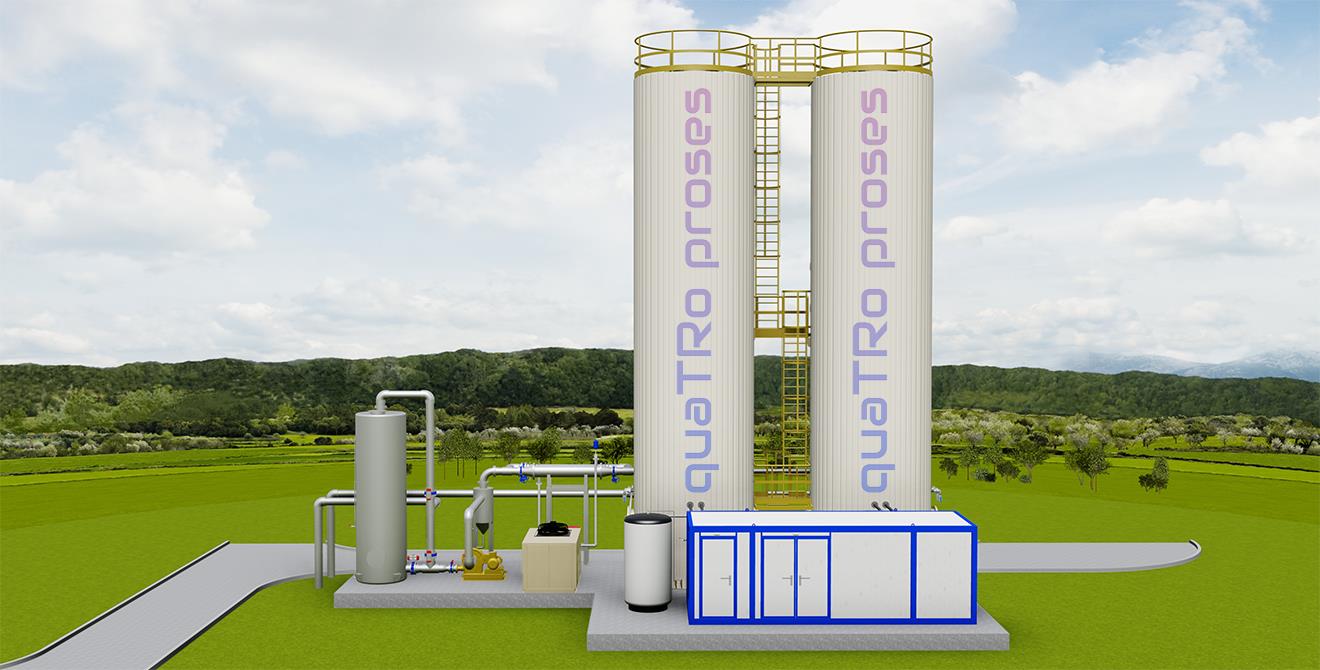Biogas Desulphurisation Systems
Biogas desulfurization systems are used to remove sulfur components, such as hydrogen sulfide (H₂S), from biogas. Since the primary goal of these systems is the removal of hydrogen sulfide, they are also referred to as hydrogen sulfide extraction (purification) systems. Before delving into the details of biological desulfurization systems, it will be useful to provide information about hydrogen sulfide.
Hydrogen sulfide is a highly toxic, corrosive, and colorless gas. It is heavier than air, and even at low levels, it can be hazardous. At concentrations as low as 0.05 - 500 ppm, the gas has a smell of rotten egg . At higher concentrations, this smell is no longer detectable. It can dissolve in water and transform into a weak acid.
When hydrogen sulfide reaches a concentration of 500 ppm in the air, it results in a loss of cognitive ability and stopping of breating within 15 minutes. At concentrations of 1000 ppm, it can cause sudden death. Upon inhalation, it changes the color of the red blood pigment, turning the blood from brown to olive green, which prevents oxygen transport and leads to rapid suffocation.
In addition to its toxic effects, hydrogen sulfide produces corrosive gases, such as sulfur dioxide (SO₂), after combustion. This gas is also a contributor to acid rain. The European Union countries, of which Turkey is a member, have set limit values for the release of these gases into the atmosphere under "The Technical Instructions on Air Quality Control (TA-Luft)." For hydrogen sulfide, the limit is 4 mg/m³, and for sulfur dioxide, it is 15 mg/m³.
Hydrogen sulfide shortens oil change intervals in biogas engines. This is because the SO₂ formed as a result of combustion gradually makes the oil acidic and changes its properties (viscosity). As the viscosity decreases and the lubrication ability weakens, engine oil must be changed more frequently than normal.
The removal of H₂S gas from biogas is essential due to its harmful effects on human health, the environment, and operational issues mentioned above. While there are various methods, biogas desulfurization processes using biological, chemical, and consumables such as activated carbon are the most common.

